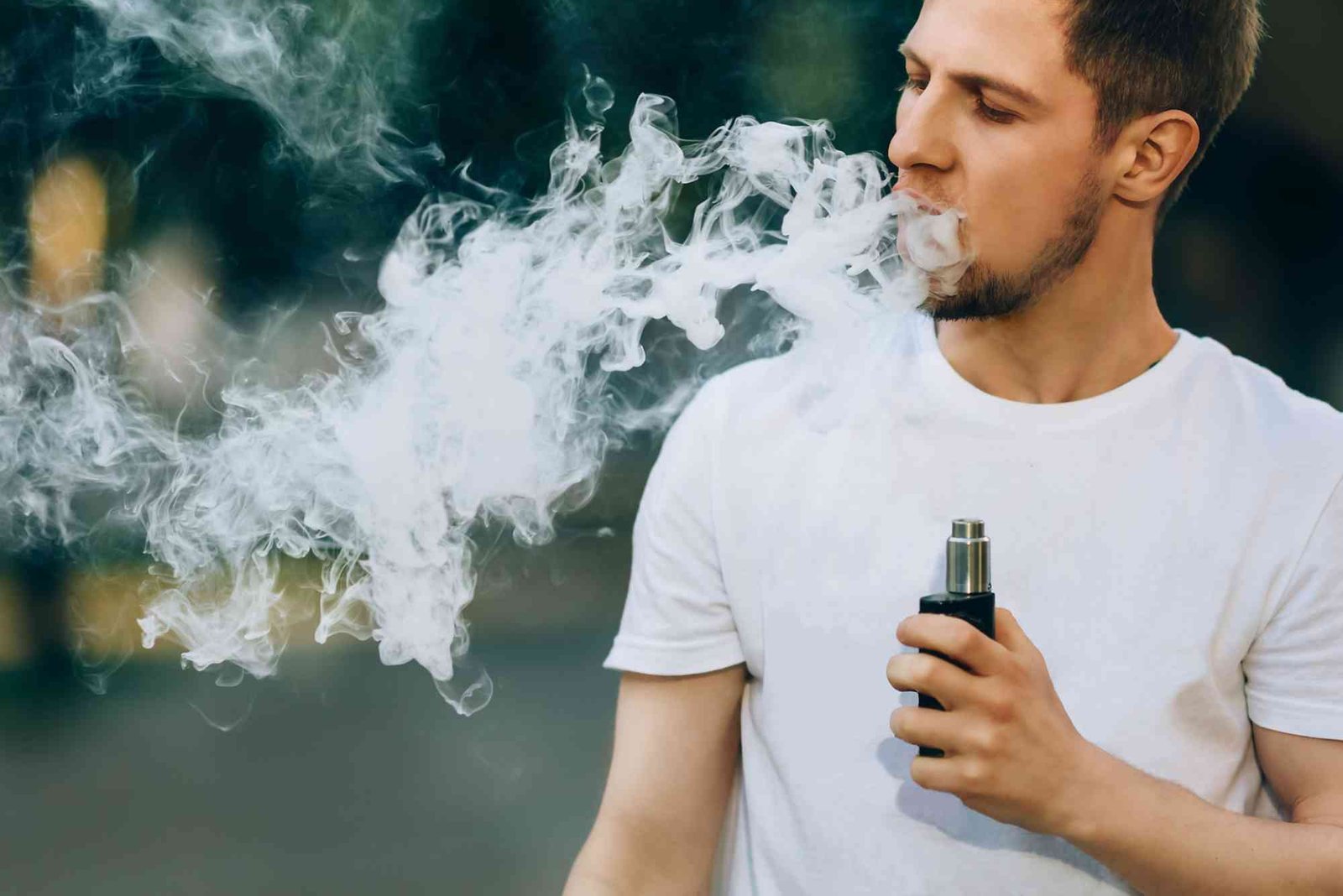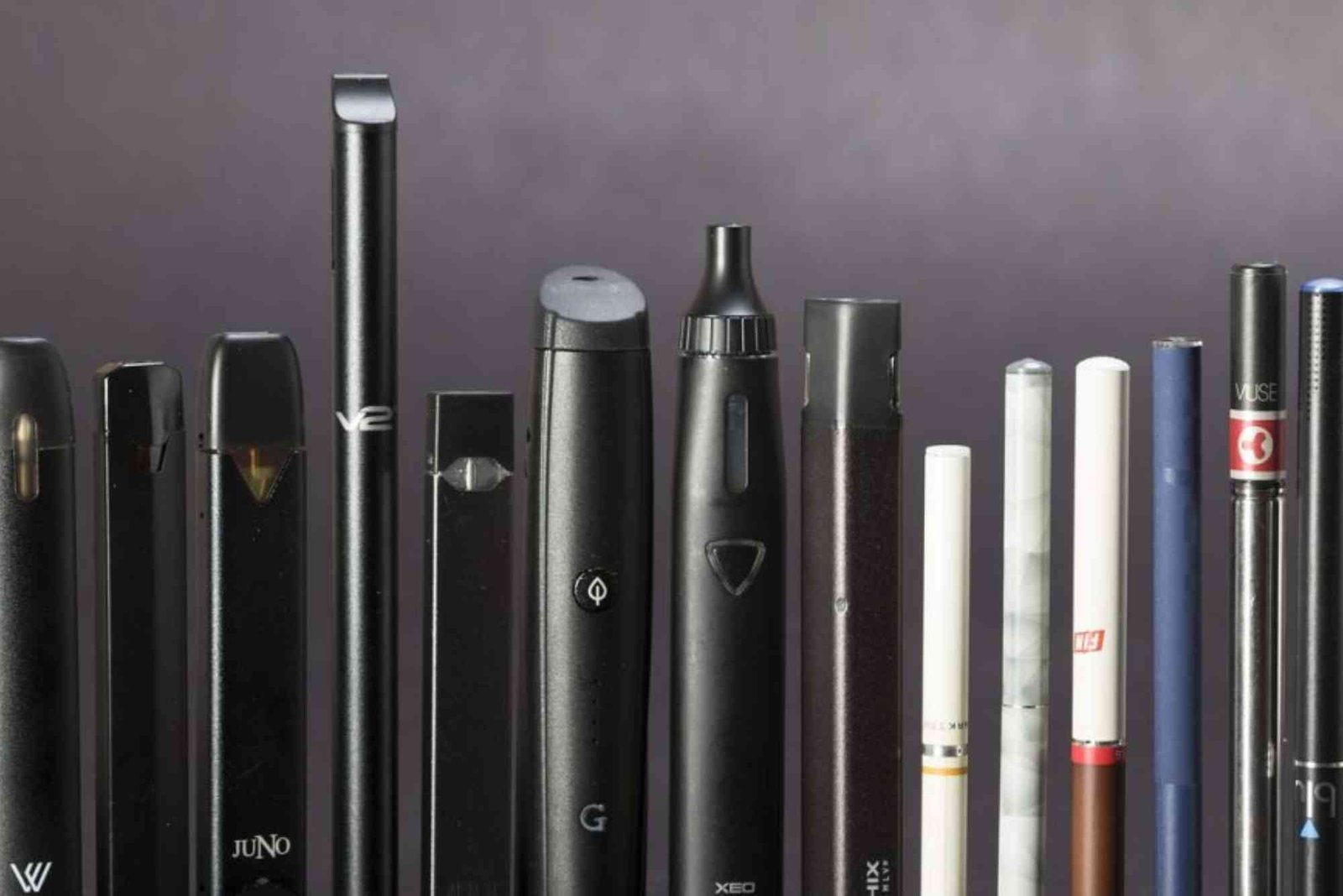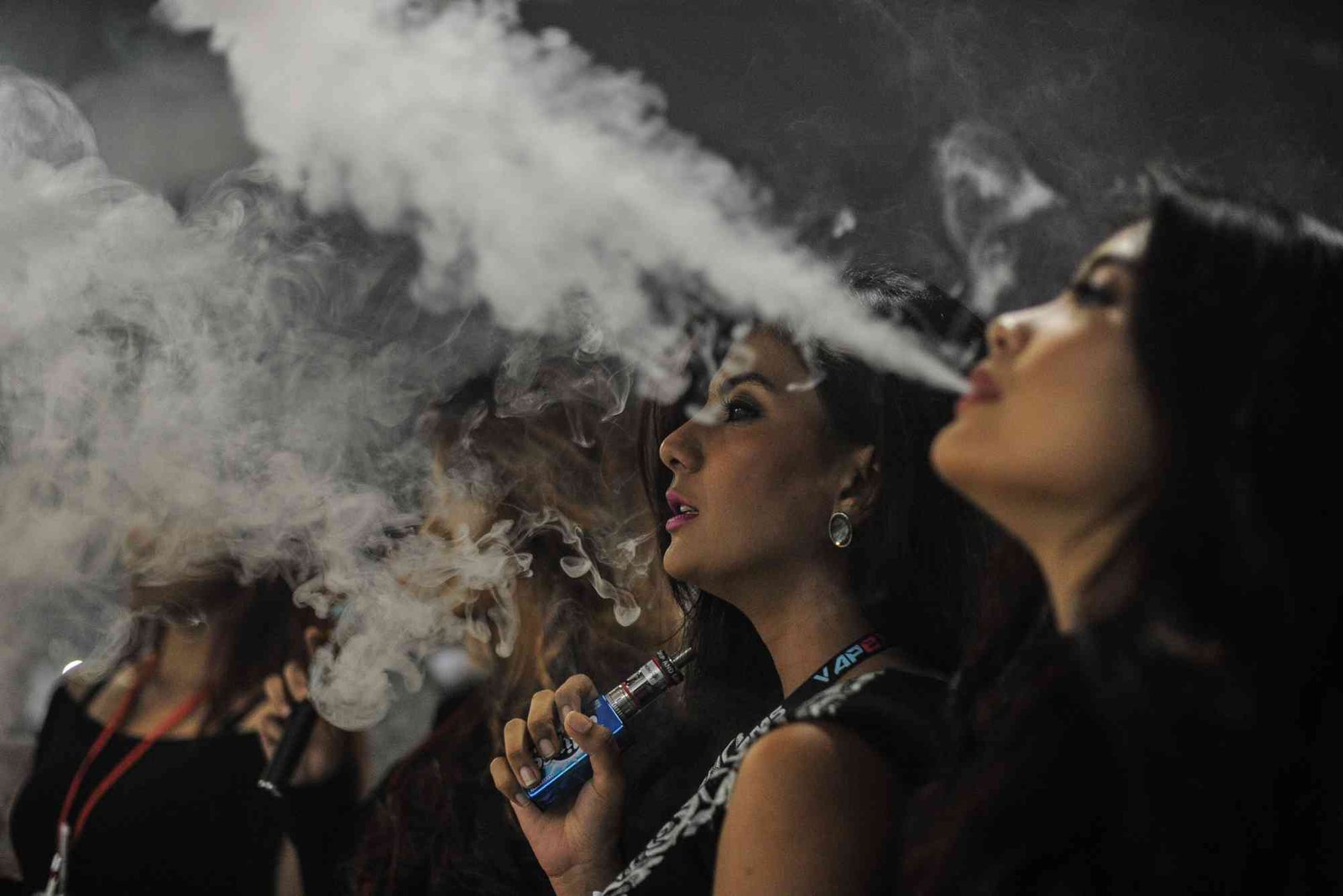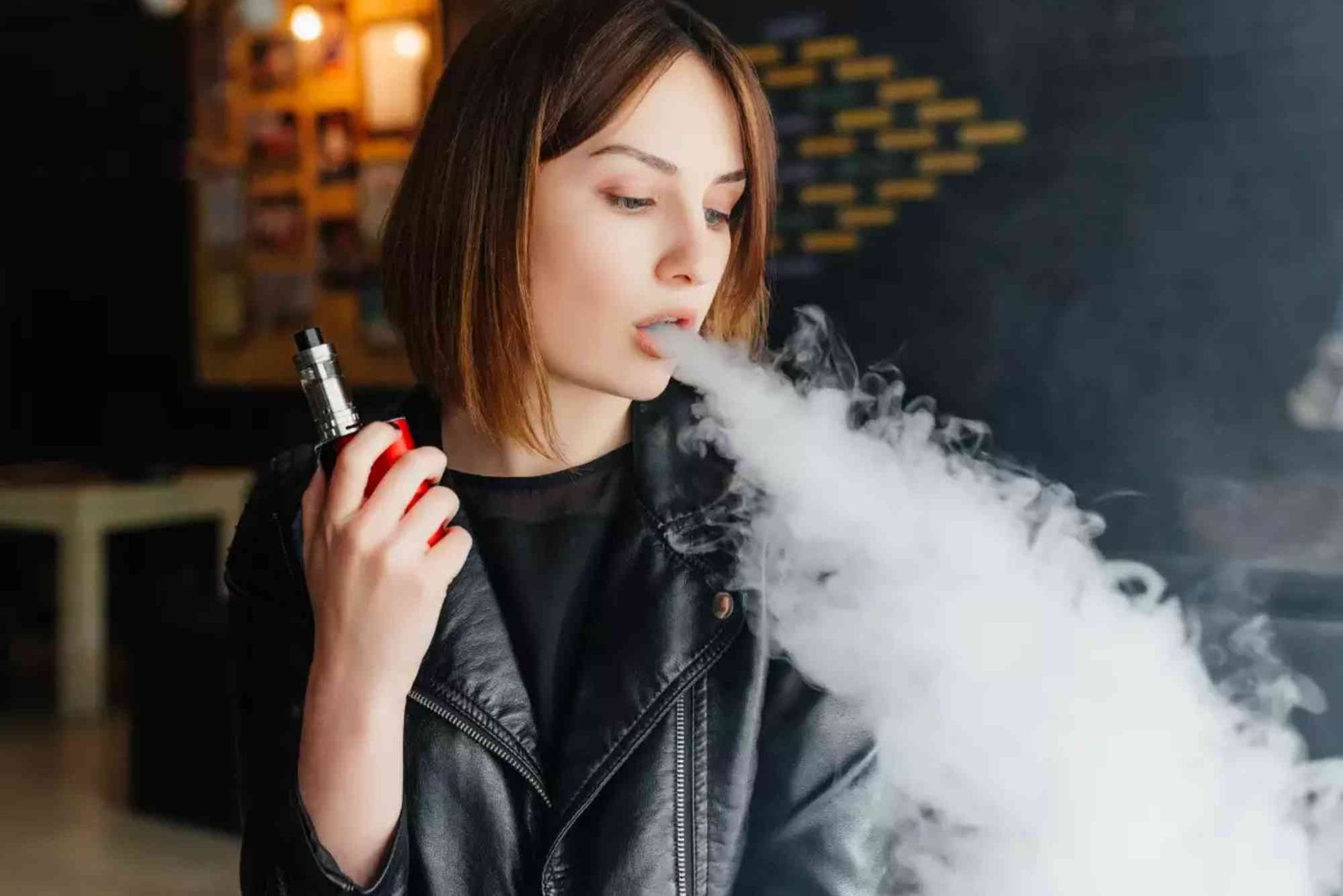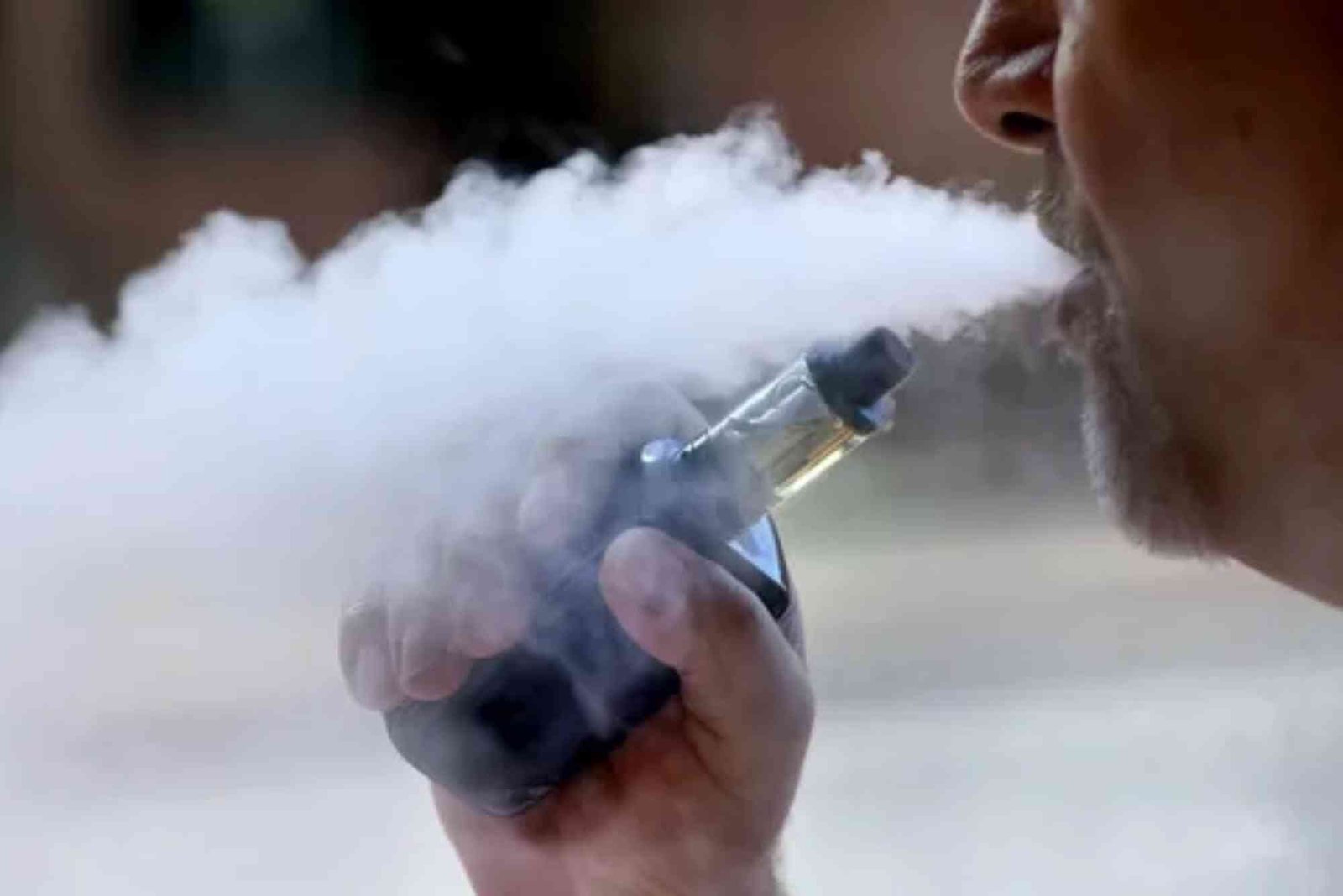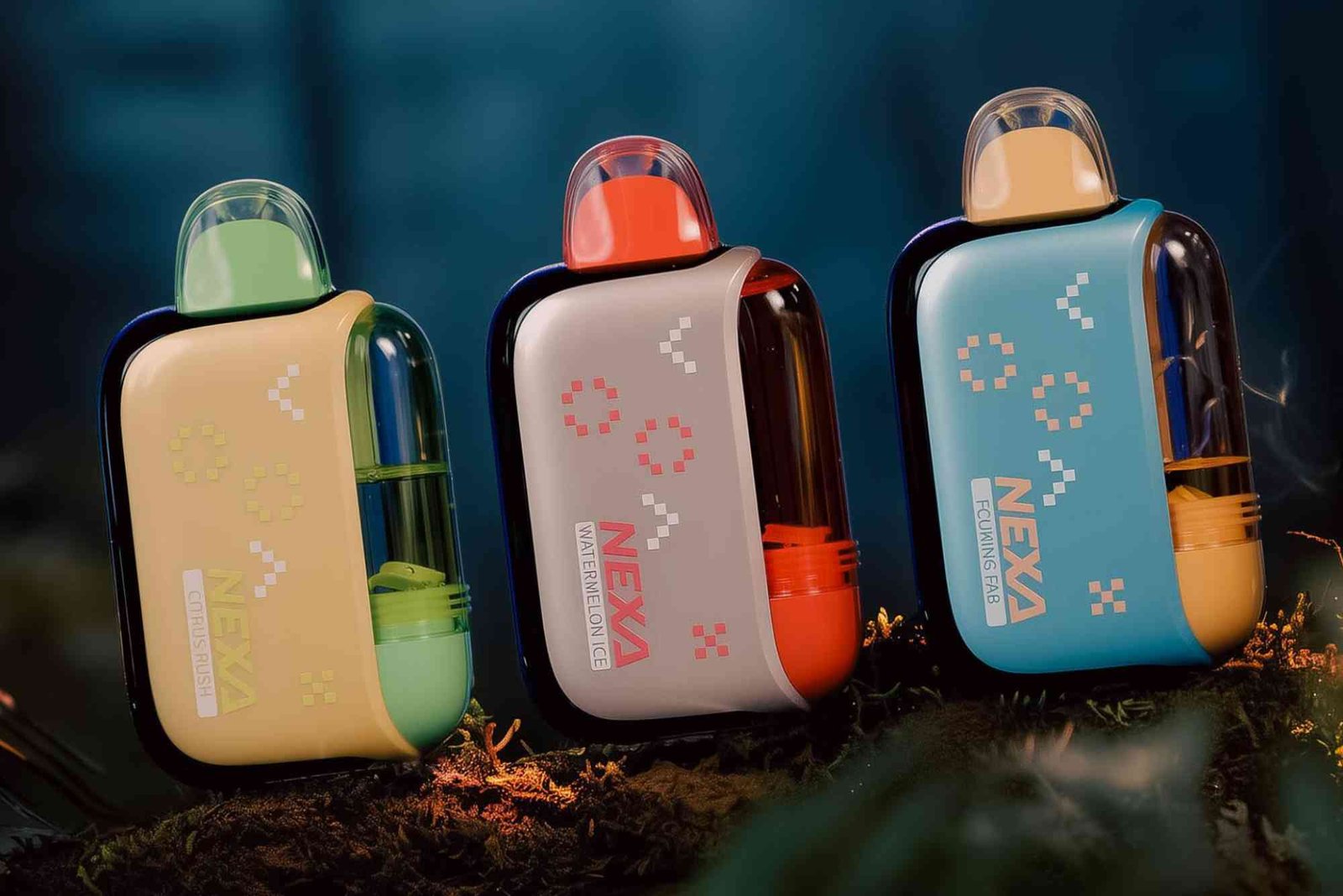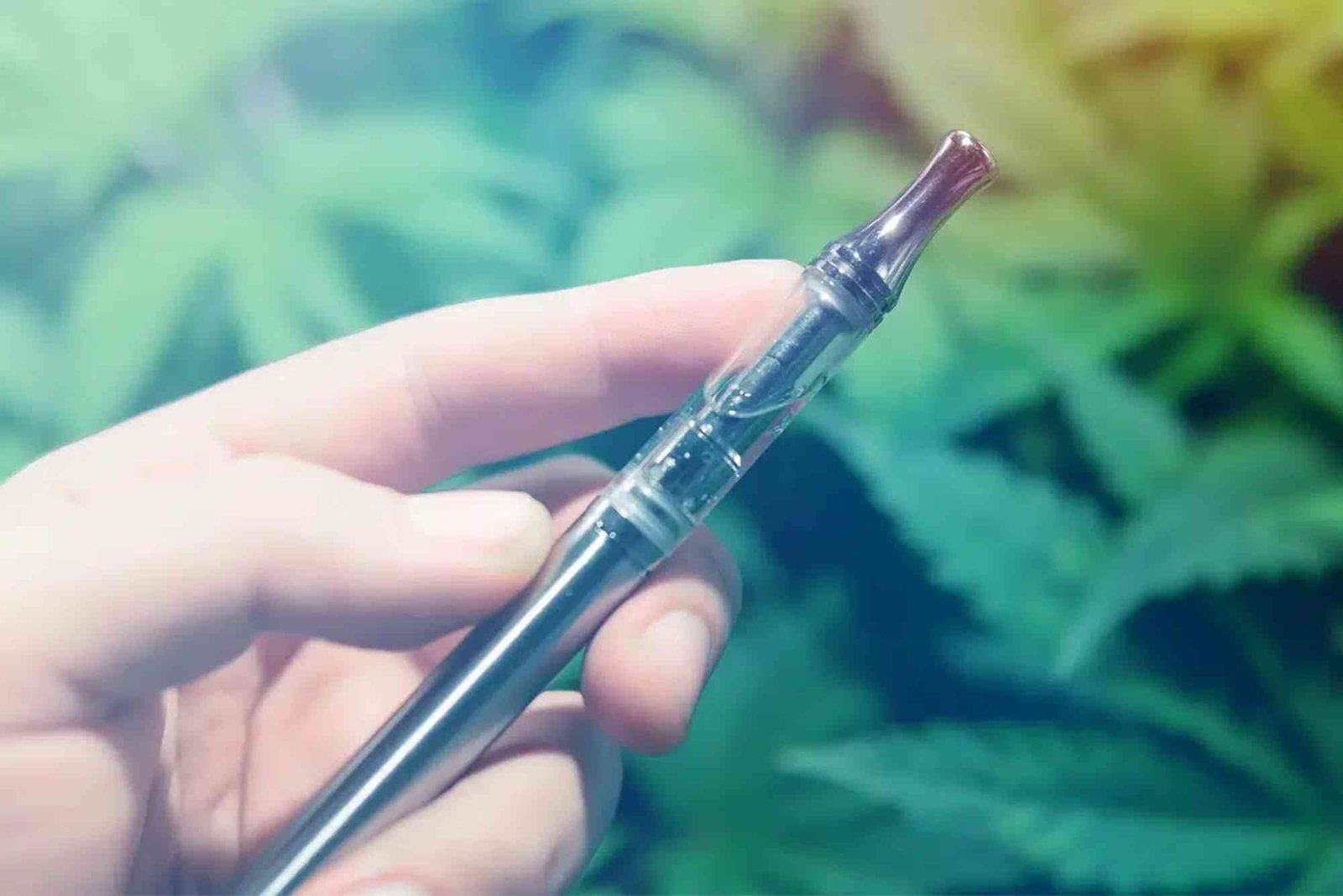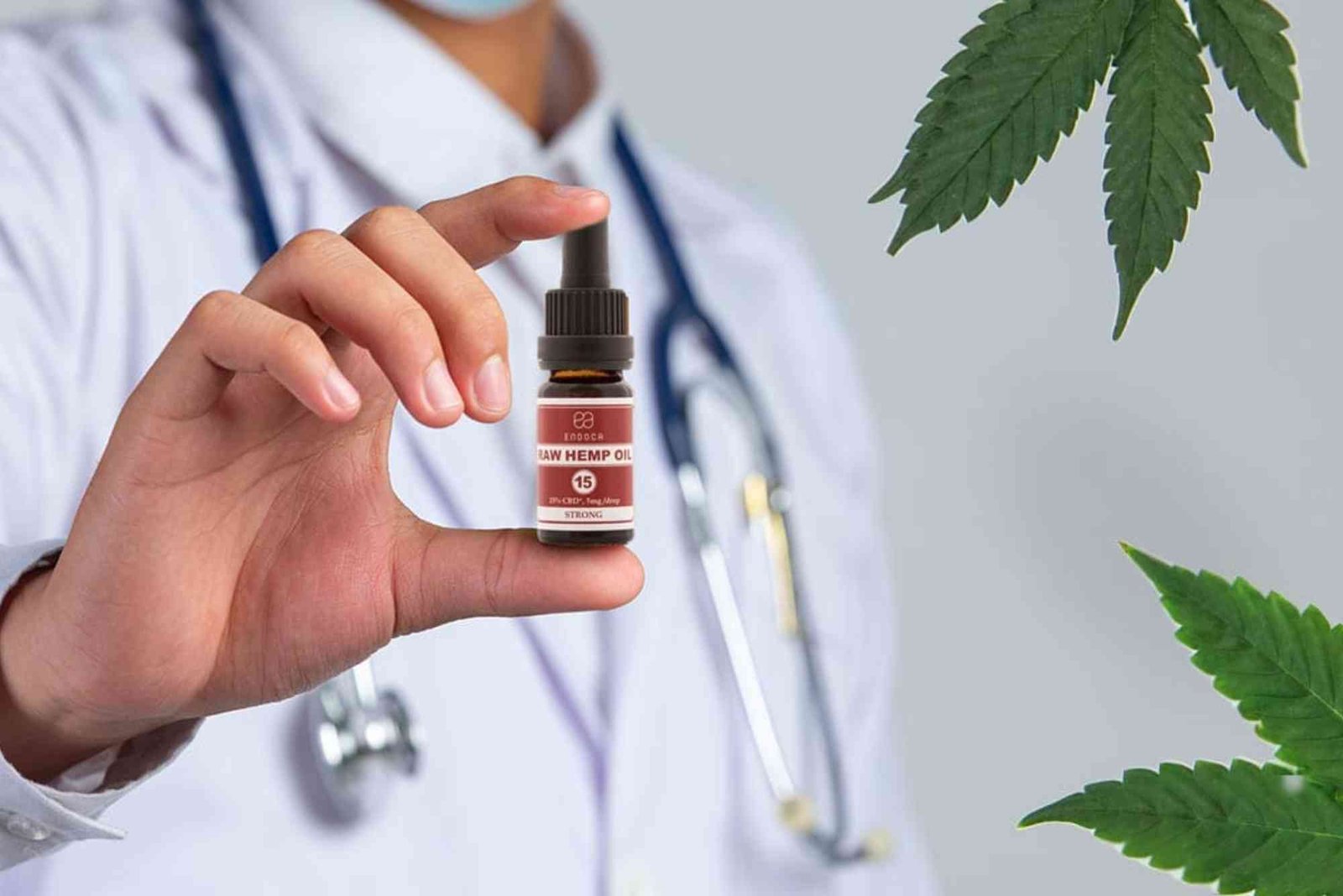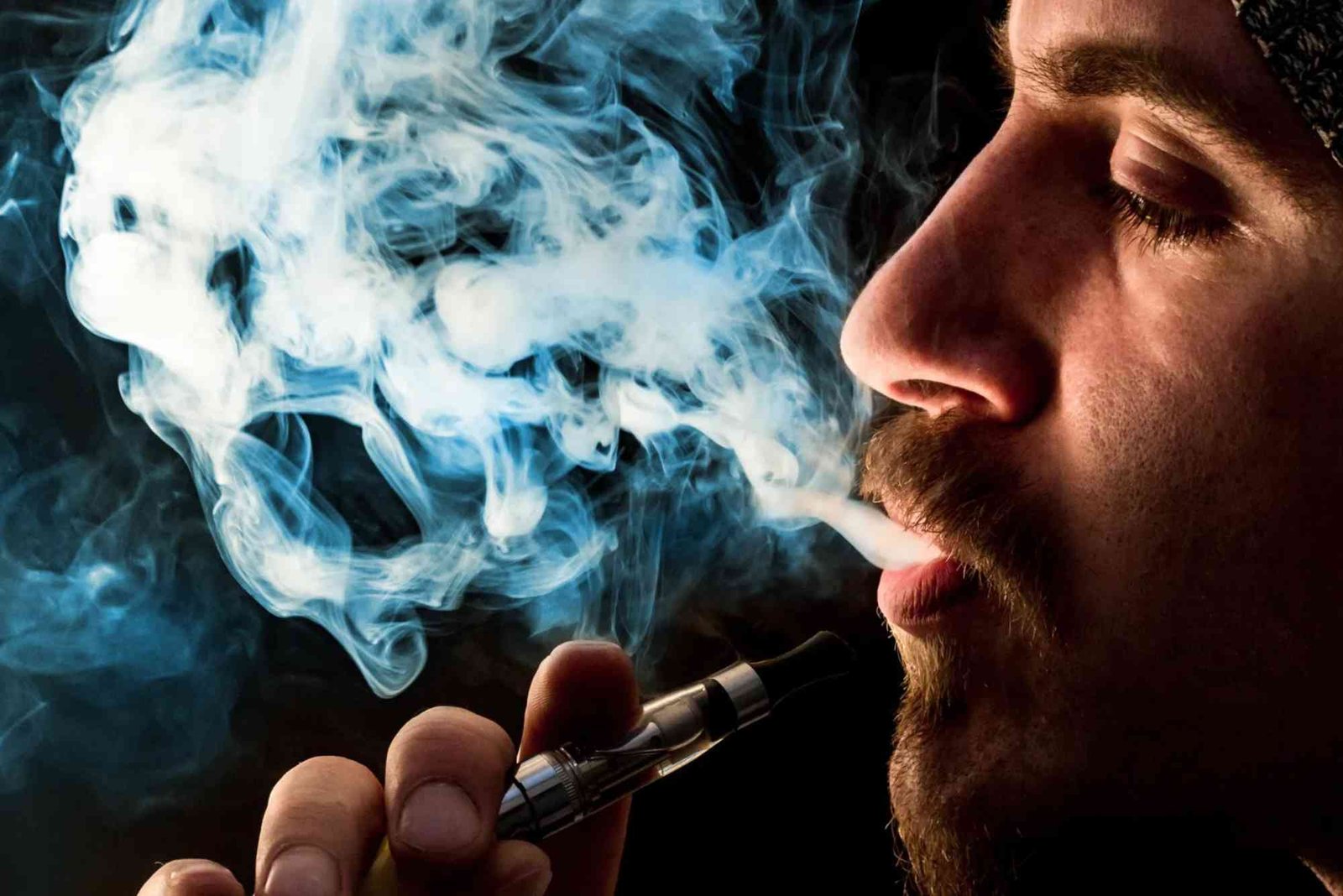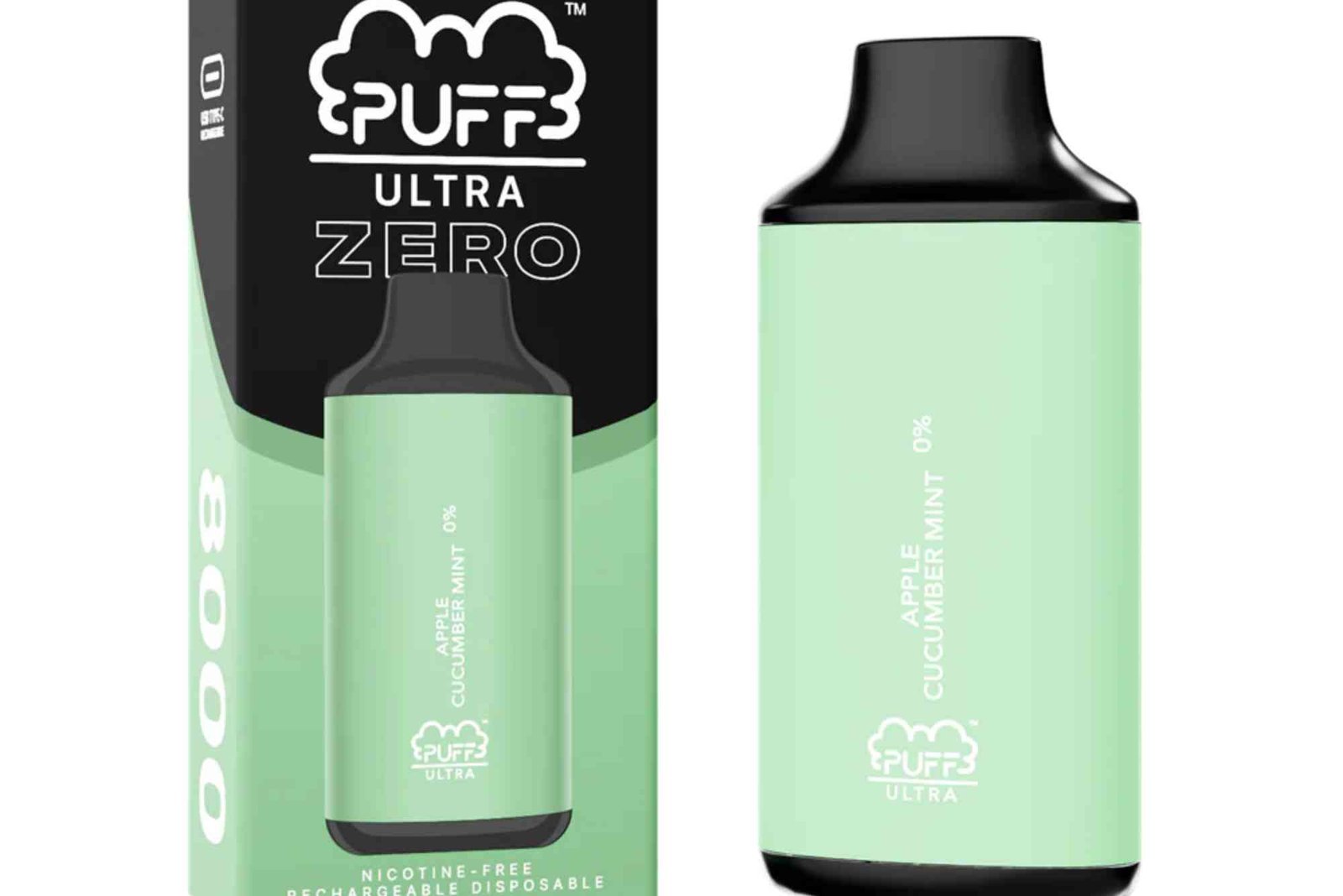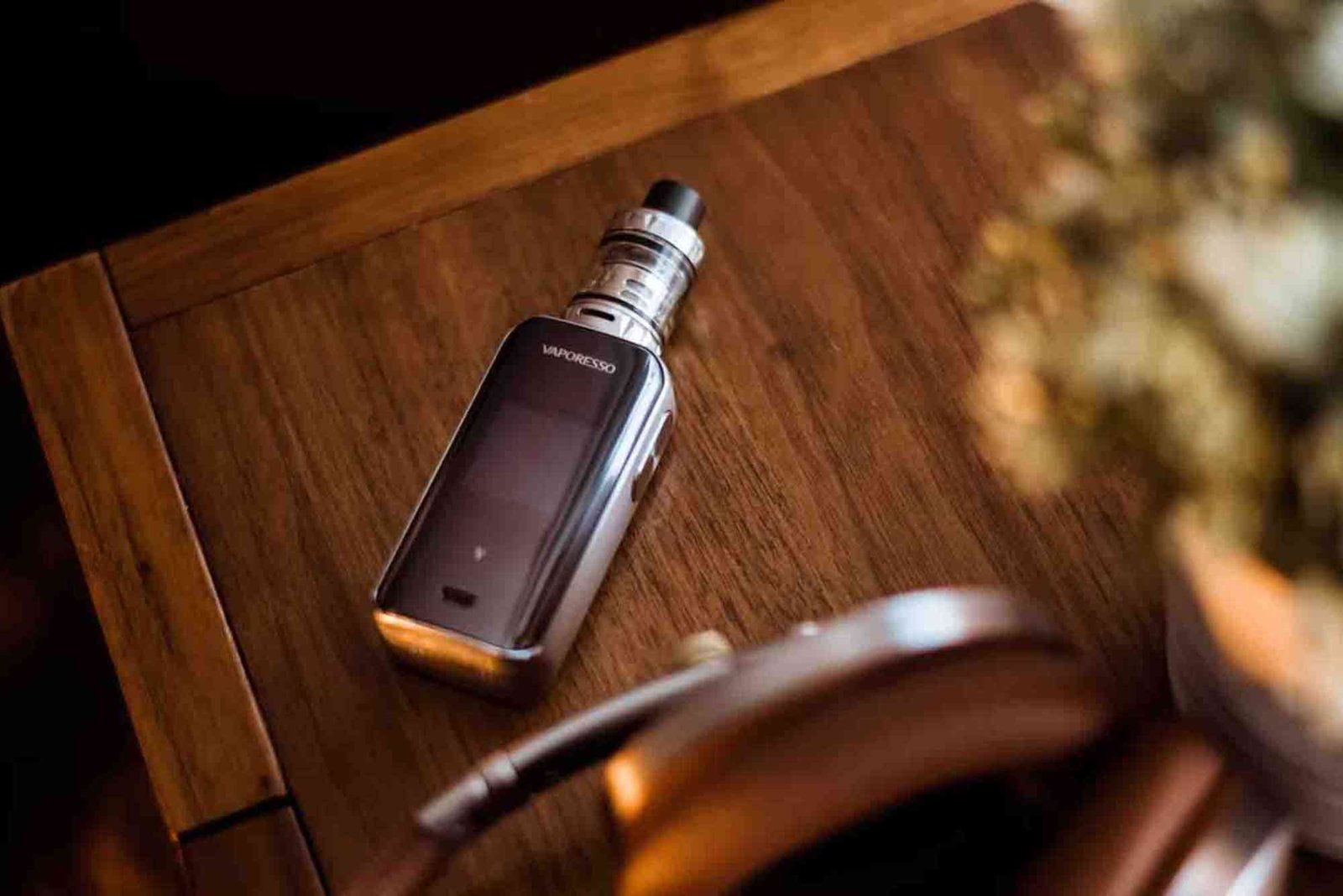Common Vaping Terms Every Beginner Should Know
If you’ve recently started vaping or are considering making the switch from smoking, chances are you’ve come across some confusing jargon. Words like “atomizer,” “throat hit,” and “sub-ohm” can make the vaping world feel overwhelming. That’s why having a solid grasp of the essential terminology is important—not only for understanding your device, but also for making informed choices about products, safety, and usage. This vaping glossary is tailored for beginners, breaking down common terms in a simple and practical way.
Understanding the basic vaping lingo gives you confidence. It allows you to talk about vaping, ask the right questions at vape shops, and troubleshoot your device if something goes wrong. With vaping growing in popularity and the market expanding rapidly, being well-versed in vaping terms helps you avoid mistakes and enjoy a smoother, more personalized experience.
What Is a Vape?
Before exploring the glossary, it helps to understand what a vape is. A vape, short for vaporizer, is a device that heats e-liquid (or vape juice) into an inhalable aerosol. Most vapes have a battery, a heating element (coil), and a tank or pod that holds the e-liquid. When you activate the device, the coil heats the liquid, turning it into vapor.
Core Vaping Device Components
Understanding the main parts of a vape is the foundation of the vaping glossary.
Mod
The mod is the main body of a vape. It houses the battery and controls the device’s power output. Mods come in many forms—from simple pen-style devices to advanced box mods with digital screens and wattage control.
Atomizer
This is the part of the vape that heats up the e-liquid to produce vapor. It includes the coil and wick. Some atomizers are built-in, while others are replaceable or customizable.
Coil
The coil is a wire made from materials like kanthal or stainless steel. When power flows through it, the coil heats up and vaporizes the e-liquid soaked in the wick.
Wick
Typically made of cotton, the wick absorbs e-liquid and delivers it to the coil. When heated, the juice on the wick turns into vapor.
Tank or Pod
This is the container that holds the e-liquid. Tanks are generally found in larger devices, while pods are used in compact, pod-based systems.
Drip Tip
Also known as the mouthpiece, the drip tip is the part you inhale from.
E-Liquid and Inhalation Terms
As you explore vape flavors and nicotine strengths, you’ll encounter a variety of e-liquid-related terms. This part of the vaping glossary explains them clearly.
E-liquid or Vape Juice
The fluid used in a vape, usually composed of Propylene Glycol (PG), Vegetable Glycerin (VG), flavorings, and nicotine (optional). E-liquid comes in many flavors and nicotine levels.
Nicotine Salt
A type of nicotine that’s smoother and absorbed more quickly into the bloodstream. Nicotine salts are often used in pod systems and are ideal for those switching from cigarettes.
Freebase Nicotine
The standard form of nicotine used in many vape juices. It offers a stronger throat hit and is usually found in higher-powered devices.
PG (Propylene Glycol)
A thinner liquid that carries flavor well and delivers a strong throat hit. High-PG liquids are usually used in low-wattage devices.
VG (Vegetable Glycerin)
A thicker liquid that produces more vapor and gives a smoother inhale. High-VG e-liquids are popular with cloud chasers.
Throat Hit
The sensation felt at the back of the throat when inhaling vapor. A stronger throat hit simulates the feel of smoking.
MTL (Mouth-to-Lung)
A vaping style where you first draw the vapor into your mouth, then inhale it into your lungs. It mimics the act of smoking and is often used with high-nicotine e-liquids.
DTL (Direct-to-Lung)
In this style, you inhale the vapor directly into your lungs, much like breathing in deeply. DTL is used with sub-ohm devices and produces larger clouds.
Performance and Technical Terms
If you’re looking to fine-tune your vaping experience, these technical terms will frequently come up. They help in understanding your device’s power and customization features.
Ohm
A unit of electrical resistance. Coils with resistance under 1.0 ohm are called sub-ohm, and they produce more vapor. Higher resistance coils (above 1.0 ohm) are ideal for MTL vaping and offer better battery efficiency.
Wattage
This refers to the amount of power sent to the coil. Higher wattage can increase vapor production but also uses more battery and e-liquid.
Voltage
Voltage is the power level delivered from the battery to the coil. While many devices now auto-adjust voltage, some allow manual control for custom experiences.
Sub-Ohm Vaping
Vaping with a coil that has resistance below 1.0 ohm. It produces larger clouds and intense flavor but requires more power.
Airflow
The amount of air that passes through the device while inhaling. Adjustable airflow helps you control vapor density and warmth.
Safety and Maintenance Terms
Safety is a major part of responsible vaping. These terms are essential for handling your device properly and ensuring it works as expected.
Dry Hit
Occurs when you fire your device without enough e-liquid on the wick. It produces a burnt taste and can damage the coil.
Burnt Coil
When the coil is overused or dry-fired, it burns the wick and creates an unpleasant taste. Burnt coils should be replaced immediately.
Priming
Soaking a new coil in e-liquid before using it. Priming prevents dry hits and extends the coil’s lifespan.
Auto-Fire
An issue where the vape activates on its own due to malfunction or liquid leakage. It can be dangerous and should be addressed quickly.
Short Circuit
When electrical flow is disrupted or redirected improperly, often due to a faulty coil or poor assembly. Modern devices usually have short circuit protection.
Advanced Terms for Growing Vapers
As you progress, you may start to explore more advanced devices and settings. Here are a few key terms.
RDA (Rebuildable Dripping Atomizer)
A type of atomizer that doesn’t have a tank. Users manually drip e-liquid onto the coil and wick. RDAs offer superior flavor and customization but require frequent re-dripping.
RTA (Rebuildable Tank Atomizer)
Similar to RDAs but includes a tank to hold e-liquid. It offers the benefits of customization with the convenience of a tank.
TC (Temperature Control)
A vaping mode where the device automatically limits the coil temperature. TC helps prevent dry hits and offers consistent performance.
Squonk
A style of vaping that uses a bottom-feeding mod to push e-liquid into an RDA. It combines the flavor of dripping with the convenience of a tank.
Master the Lingo, Enjoy the Experience
Learning the language of vaping makes a huge difference, especially for beginners. With this vaping glossary, you now have the tools to understand your device, communicate effectively, and explore vaping with confidence. Whether you’re just getting started or ready to take the next step with more advanced setups, knowing these terms will make your journey smoother and more enjoyable.
FAQs
What are the different types of vape devices?
Vape devices range from cig-a-likes and vape pens to advanced box mods and pod systems. Each type offers a different experience depending on your needs.
What does sub-ohm mean in vaping?
Sub-ohm vaping uses coils with resistance less than 1.0 ohm. It creates large vapor clouds and intense flavors but uses more battery and e-liquid.
Why does my vape taste burnt?
A burnt taste is usually caused by a dry hit or an old coil. Always prime new coils and keep your tank filled to avoid this issue.
Is nicotine salt better than freebase nicotine?
Nicotine salts are smoother and work well in low-wattage devices. Freebase nicotine provides a stronger throat hit and suits higher-powered devices.
How long do vape coils last?
Most coils last 1–2 weeks with regular use. If you notice reduced flavor or a burnt taste, it’s time to replace the coil.

